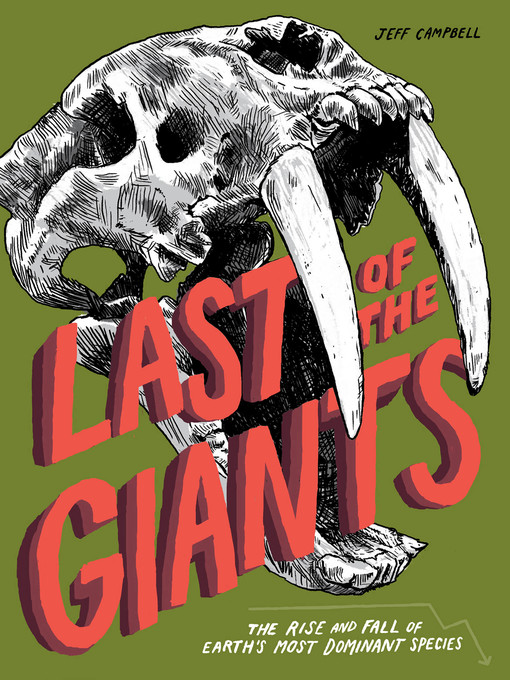Today, an ancient world is vanishing right before our eyes: the age of giant animals. Over 40,000 years ago, the earth was ruled by megafauna: mammoths and mastodons, saber-toothed tigers and giant sloths. Of course, those creatures no longer exist, due to the evolution and arrival of the wildly adaptive human species, among other factors. Many more of the world's biggest and baddest creatures—including the black rhino, the dodo, giant tortoises, and the great auk—have vanished since our world became truly global. Last of the Giants chronicles those giant animals and apex predators who have been pushed to extinction in the modern era.
- Available now
- New eBook additions
- New kids additions
- New teen additions
- Most popular
- Try something different
- See all ebooks collections
- Available now
- New audiobook additions
- New kids additions
- New teen additions
- Most popular
- Try something different
- See all audiobooks collections
- Golden Dome Book Award 2024-2025
- The Red Clover Book Award 2024-2025
- Green Mountain Book Award 2024-2025
- Green Mountain Book Award 2023-2024
- Vermont Golden Dome Book Award 2023-2024
- Red Clover Book Award 2023-2024
- Vermont Golden Dome Book Award Master List 2022-2023
- Green Mountain Book Award 2022-2023
- Green Mountain Book Award 2021-2022
- Vermont Golden Dome Book Award Master List 2021-2022
- Dorothy Canfield Fisher 2019-2020
- Dorothy Canfield Fisher 2018-2019
- Green Mountain Book Award 2017-2018
- See all awards collections


